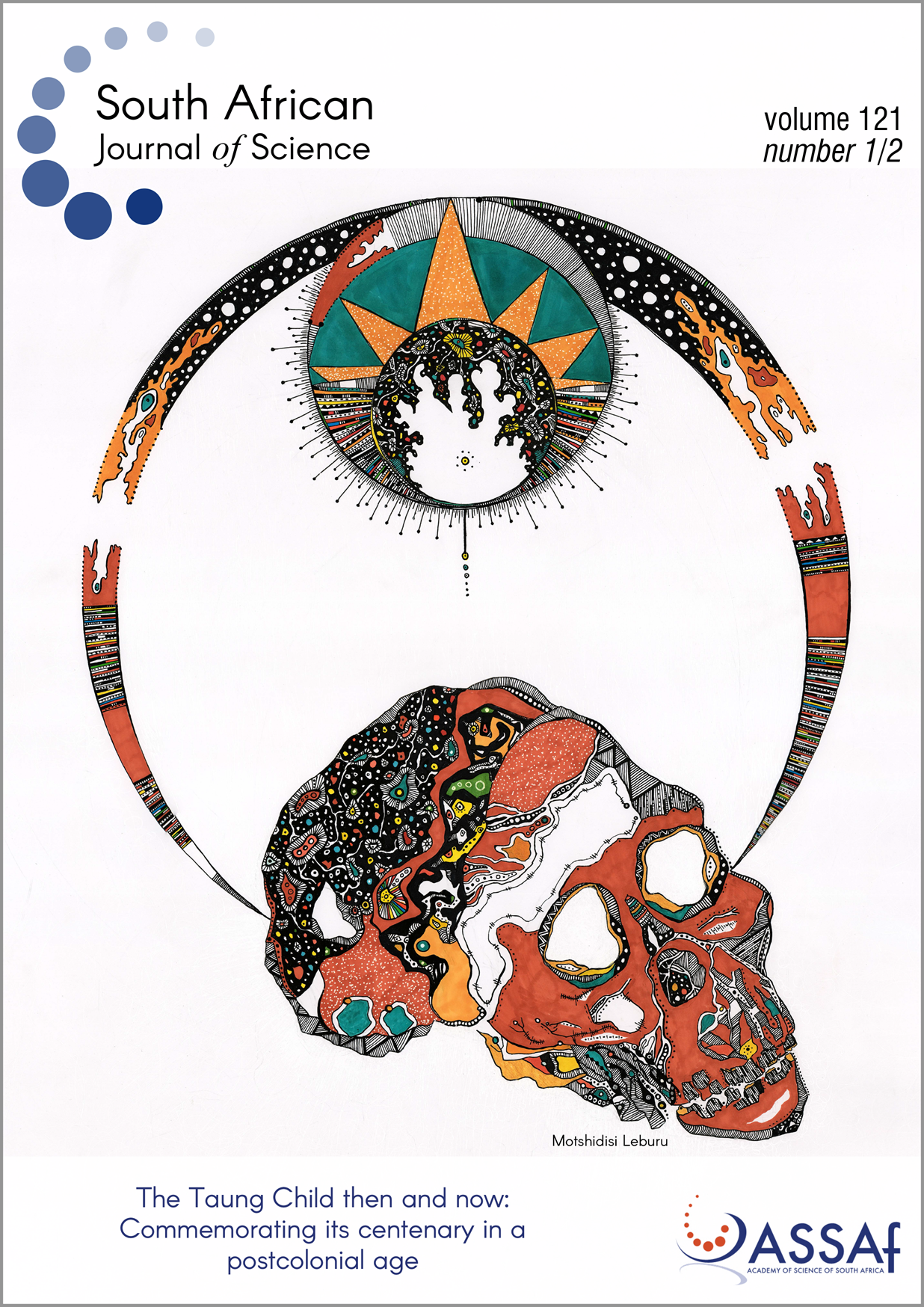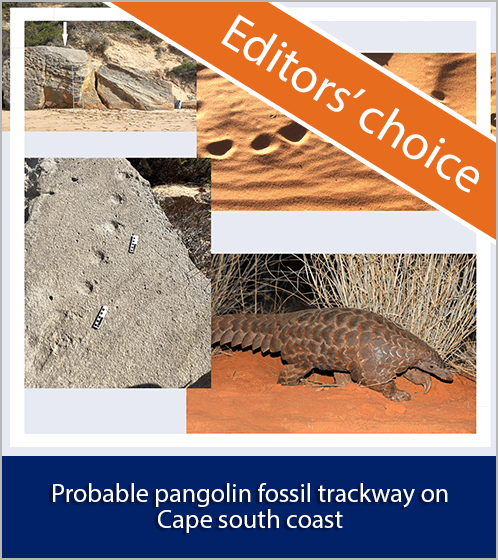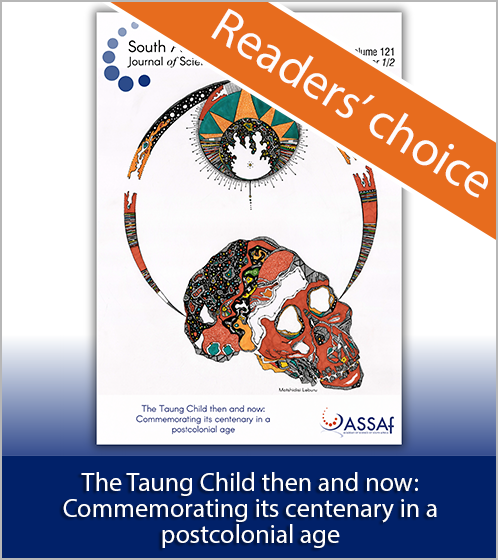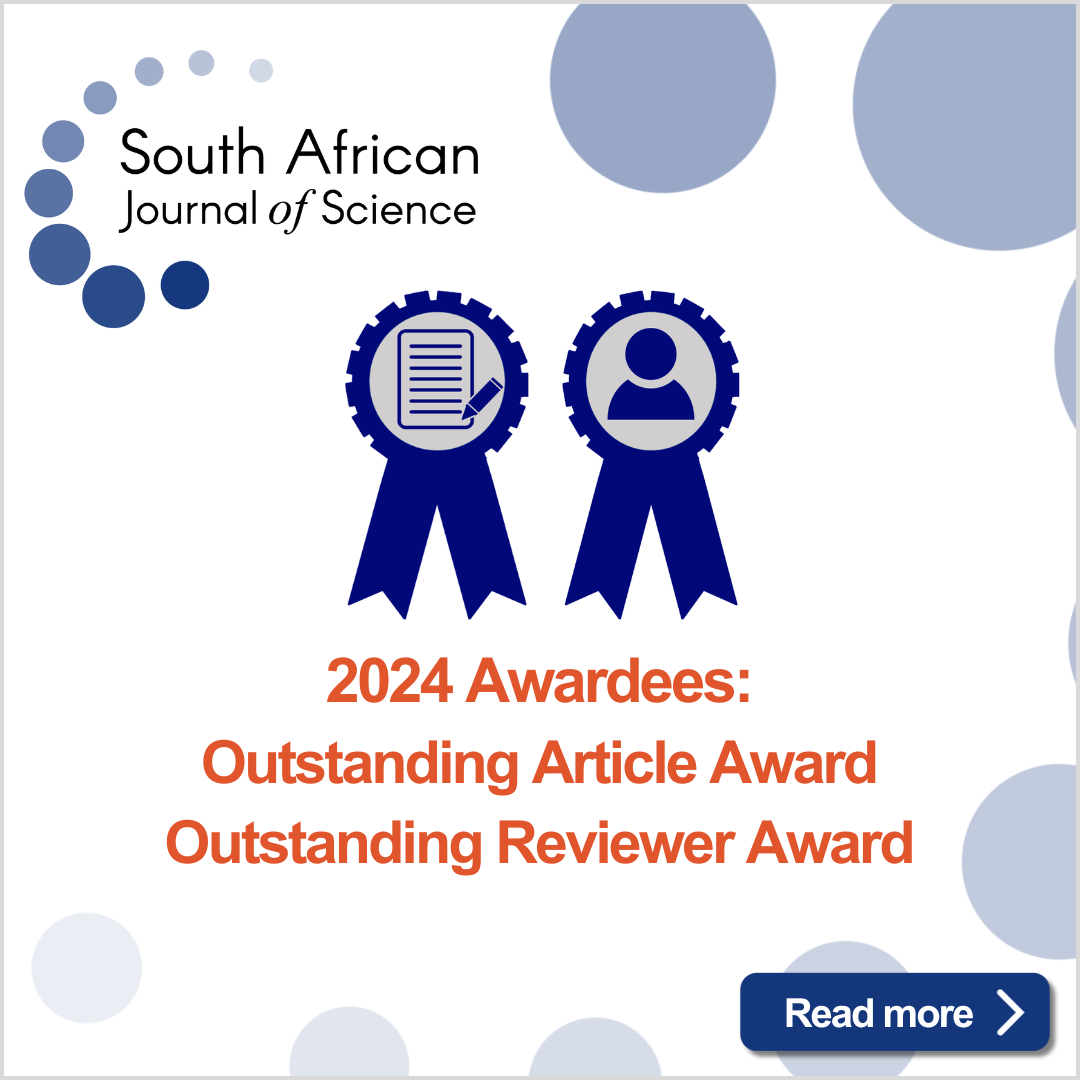The ground beneath our feet: A critical reflection on 135 years of landscape evolution models for southern Africa
DOI:
https://doi.org/10.17159/sajs.2025/18532Keywords:
landscape evolution, landscape reconstruction, African land surface, surface datingAbstract
In his 1925 paper describing the Taung Child fossil, Dart makes various assertions about the landscape around Taung, inferring past climate dynamics, and the role these factors play in the evolution of our early prehuman relatives. He argues that this region of southern Africa is dry today and has been for much of the Cenozoic. This notion of long-term aridity and stability has dominated perspectives on southern African landscape evolution. Here, we present a review of this field, starting with the foundational studies from the late 1890s, which underpin Dart’s hypothesis. We examine the work of 20th-century researchers who developed models of landscape evolution; however, almost all of these models have been qualitative. With technological advancements, new quantitative techniques have emerged to provide evidence of landscape evolution events and to test previous models, and we present a brief overview of these methods. We call for reflection on the framing and languaging of many of these landscape models, specifically the ‘African land surface’ model. While the evidence of a homogeneous and stable landscape is continually being challenged through scientific advancement, this terminology is rooted in outdated colonial thinking. We also note that the key narratives that have driven research on landscape evolution have been largely shaped by selected prominent Western-based scientists. As we mark the centenary of the Taung discovery, we look toward a new era of landscape evolution research: one characterised by technological advancements and more diverse, local teams that will produce more quantitative, nuanced models for southern Africa and create richer, more dynamic backdrops for our own human evolution.
Significance:
We provide a review of over 100 years of models used to characterise landscape evolution in southern Africa. We argue that it is essential to reconsider current models of landscape evolution and assess their relevance in the southern African context. With technological advancements, we must question whether these models remain applicable or require revision. As scientists, we should also re-evaluate the terminology used in scientific dialogue to ensure it accurately reflects evolving perspectives. Finally, while the use of qualitative and quantitative methods have their unique benefits, we consider the application of more quantitative methods of landscape dating to test the existing models and build new, more complex ones.
Downloads
Published
Issue
Section
License

All articles are published under a Creative Commons Attribution 4.0 International Licence
Copyright is retained by the authors. Readers are welcome to reproduce, share and adapt the content without permission provided the source is attributed.
Disclaimer: The publisher and editors accept no responsibility for statements made by the authors
How to Cite
- Abstract 321
- PDF 461
- EPUB 273
- XML 124
- Peer review history 262
- Abstract in Setswana 257
Funding data
-
National Research Foundation
Grant numbers 98920,120806 -
University of Capetown












.png)